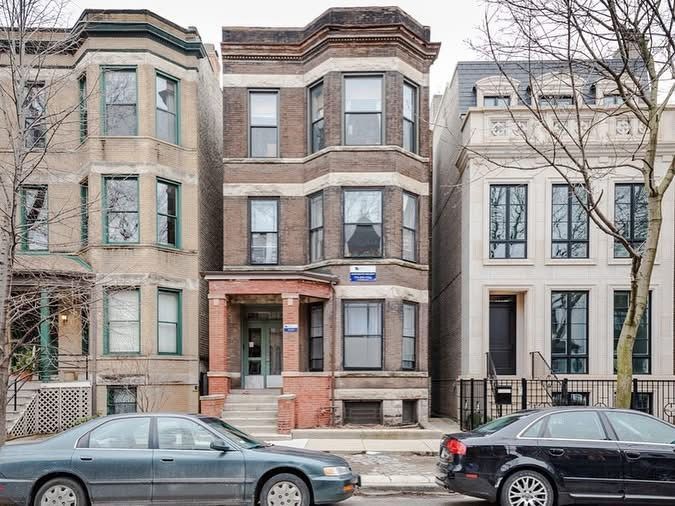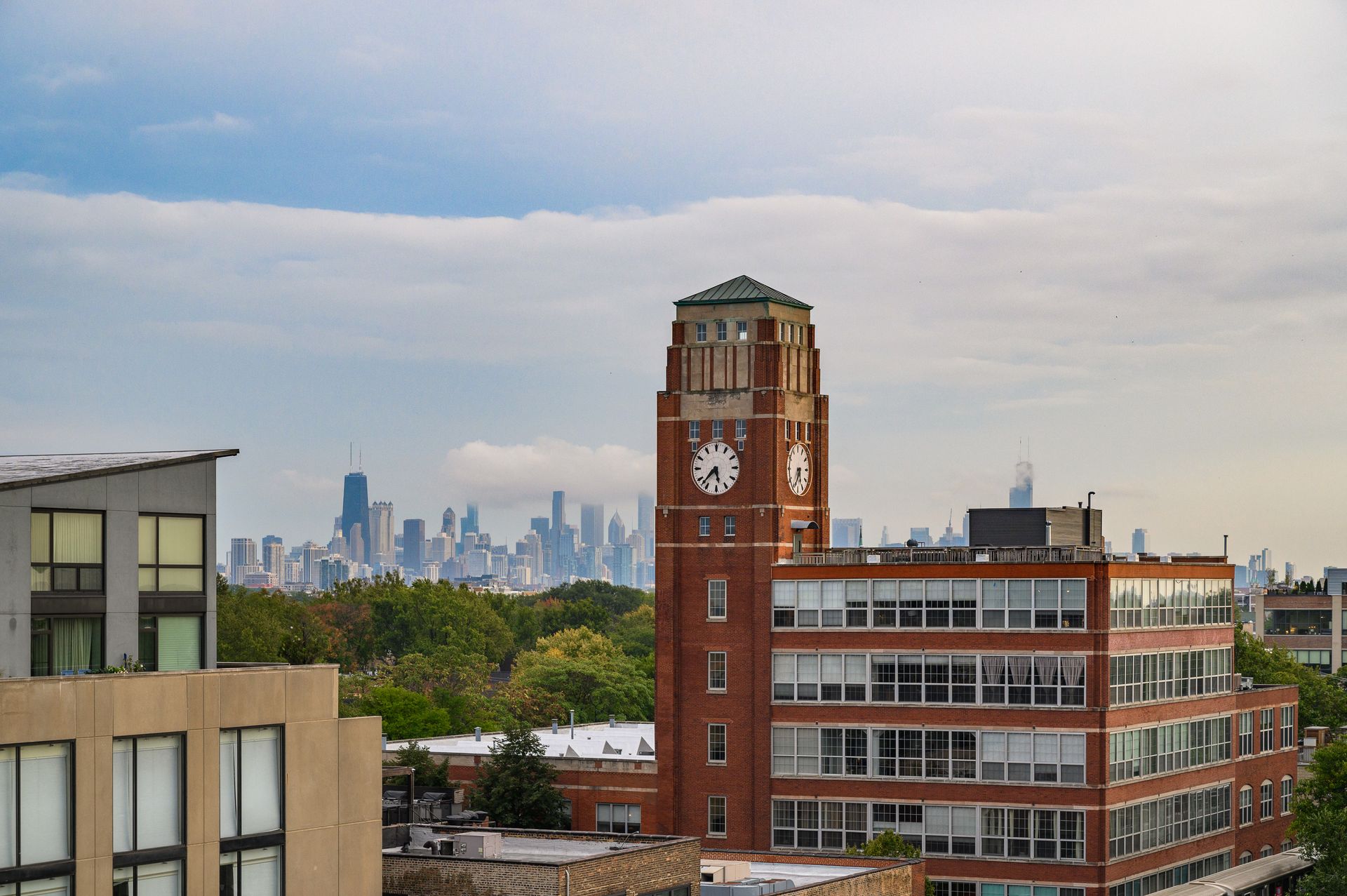Chasing Market Rents? The Startling Case for Retaining Loyal Tenants
Renewing leases to the top of the market every year causes high turnover - but do you make more money?
After 10 years in the same apartment, a tenant informed us that they would not be renewing their lease. We had acquired the property in 2013, began rehabbing units and in 2014 this tenant transferred into a 2 bedroom apartment. Today, their lease is $450 below market rent and the next tenant will pay $1,650 per month. This got me thinking: How does the financial performance of a long-term tenant with modest renewal increases compare to units with regular turnover that maintain rents at prevailing market rates? The findings offer valuable insights.
My first consideration was, how much have we spent for repair and maintenance in this unit over the 10 years. At Drexel, we track expenses to the unit level so we know we spent $3,127 for maintenance and repairs to this specific unit. Over the 10 years, there were no turnover costs, no leasing fees, no advertising costs and of course no vacancy. This is a great tenant that takes care of their home, never disturbs the quiet enjoyment of other tenants and always pays their rent on time (even thru covid).
We ran reports on similar units in the building with 3 to 4 unique tenants over the ten year period. The expenses for these units ranged between $11,000 and $15,000. Keep in mind that each time a unit turns over costs include repairs, painting, cleaning, leasing fees, and other marketing costs. Below is a comparative financial breakdown of real world costs and income.
Financial Breakdown - a 10 year view
Long-Term Tenant:
- Rent Collected Over 10 Years: $124,712
- Repair & Maintenance Costs: $3,127
- Net Income: $121,585
Note: This excludes fixed expenses such as mortgage, property taxes, insurance, utilities, etc.
Normal Turnover Tenant (3–4 turns over 10 years with market rate annual increases):
- Rent Collected Over 10 Years: $149,845
- Repair, Maintenance & Turnover Costs: $13,352
- Leasing & Listing Fees: $4,175
- Vacancy Loss (2 months): $4,515
- Net Income After Adjustments: $127,803
Note: Annual increases reflect real world rent bumps.
Comparative Outcome:
- Net Income Difference: $127,803 (higher turnover) vs. $121,585 (long-term tenant)
- Cash Loss for Long-Term Tenancy: $6,218 over the 10-year period.
While the higher turnover scenario yields higher income, the financial gap narrows considerably when factoring in vacancy losses and increased maintenance and leasing expenses. A well respected developer once told me, "If you have lower than 5% vacancy, you are not charging high enough rent." This would suggest the vacancy loss would go up from $4,515 to as much as $7,492 - narrowing the gap to $3,241 over ten years. All it takes is a tenant skipping out on the last month's rent and all of a sudden you have lost money.
Beyond the Numbers
- Soft Costs:
- Time and effort spent educating and engaging new tenants.
- Administrative burden associated with leasing, onboarding, and resolving issues with new tenants.
- Potential Risks:
- Disruptive behavior or non-payment from newer tenants.
- Increased wear and tear due to frequent turnover, leading to higher maintenance costs.
- Lifetime Value of a Long-Term Tenant:
- Builds a sense of community and stability within the building.
- Enhances the property's reputation through tenant referrals.
- Reduces stress on property management by minimizing turnover-related tasks.
Strategic Considerations
If you are holding your property for the long-term and refinancing is not in your near future, aiming to maximize returns through aggressive rent increases may seem appealing. However, this approach often sacrifices long-term value for short-term gains. It also clearly increases costs! On the other hand, fostering tenant retention by maintaining fair and gradual rent increases can enhance operational efficiency, tenant satisfaction, and overall profitability. Along the way, you reduce the likelihood of an eviction, greater wear and tear on your property, and an overall better building in the community. Striking a balance between competitive rental rates and tenant retention is often an effective strategy for maximizing cash flow while maintaining a positive building community and operational ease.
Let me know if you'd like further refinements or additional perspectives!
Share this post








